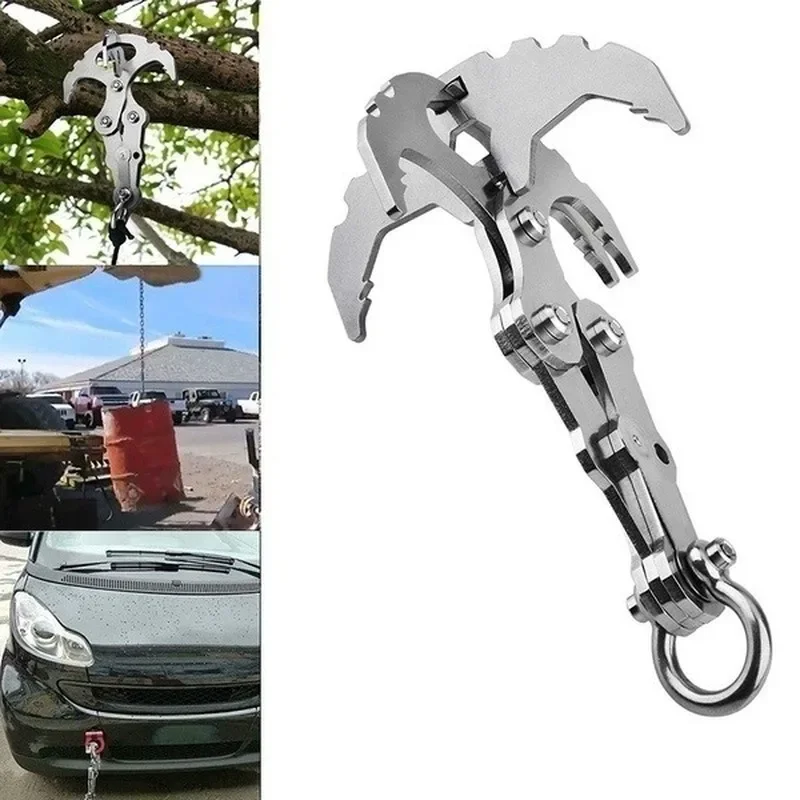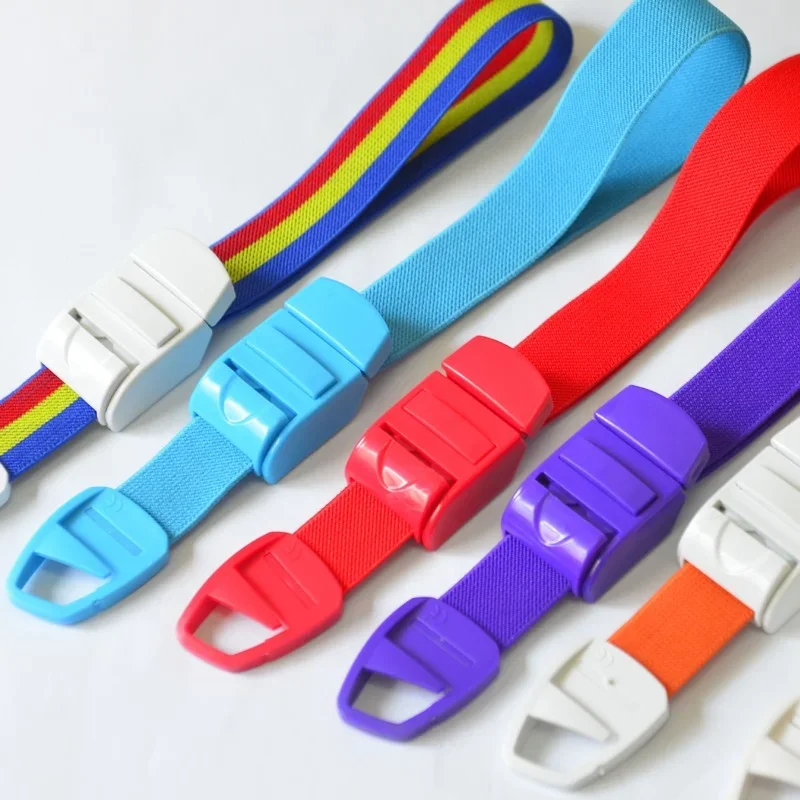
Researchers from Guangdong University of Technology in China are now warning us that even the blue jeans we wear are contributing to the so-called climate crisis. In a study scheduled to be published in May, researchers have concluded that “fast fashion” jeans have a much higher carbon footprint than regular clothing, and that just one wearing of them is equal to emitting 2.50/kg of greenhouse gas — the equivalent of driving 6.4 miles in the average gasoline-powered automobile.
Fast-fashion jeans are cheaply made and intended to mimic high-fashion brands for a fraction of the cost. They are generally sold by retailers such as Shein, Zara, BooHoo, and Forever 21, and the high carbon footprint is the result of transportation cost coupled with how quickly the jeans wear out (only seven wears per customer) as opposed to more traditional clothing.
“Results show that the carbon footprint of fast fashion consumption is 2.50 kgCO2e/one wear jeans, 11 times higher than that of traditional fashion consumption,” the study’s abstract claims. “Jeans production and cross-broad transportation contributed 91 percent of the carbon footprint of fast fashion consumption. Developed countries have a 53 percent higher per capita carbon footprint of fast fashion consumption than developing countries.”
“The humble wardrobe staple — a pair of jeans — has a significant impact on the environment,” the study’s lead author Ya Zhou told Daily Mail.
“Changing fashion trends induce people to purchase clothing frequently and use them short-lived to keep following the latest trends,” Zhou explained. This “overconsumption has led to a significant increase in resource and energy consumption in the clothing industry by accelerating the entire clothing supply chain, including the production, logistics, consumption and disposal processes, thereby exacerbating the clothing industry’s impact on climate change.”
Meanwhile, your trusty Levi’s that you’ve owned for several years are allegedly much better for the environment, only producing about 0.22kg of CO2, and much of that is because of the energy used in their washing and drying.
But the fast-fashion jeans are responsible for 11 times the emissions, according to the Chinese study.
The delivery model for fast-fashion clothing enhances its carbon footprint greatly.
“To achieve a quick response (to fashion trends) of the global supply chain, fast fashion model prefers transportation modes with shorter logistical times, such as cross-border transportation by air rather than by sea,” Zhou explained.
The fast-fashion model of distribution also leads to far more waste, with outdated and disliked clothing typically ending up in landfills, exacerbating the products’ carbon footprint.
The researchers suggest using resale shops as a way of mitigating the emissions potential of the blue jeans.
“The second-hand trading model has the highest mitigation potential, reducing carbon emissions by 90 percent,” the abstract claims.
“By second-hand trading, people can sell the unlike or unused clothes and make a profit,” Zhou told Daily Mail. “In China, the growing focus on environmental protection and sustainability among Chinese millennials and Generation Z is driving the growth of the second-hand trade industry.”
If we’re using China as an example, perhaps we should also be building more coal-fired power plants. The country is still on pace to build more than 300 new coal burning plants by 2030.
No word on if the emission cuts gained by the “growth of the second-hand trade industry” in China will cancel out the emissions from those new coal plants.
































 Reaction & Commentary
Reaction & Commentary
















